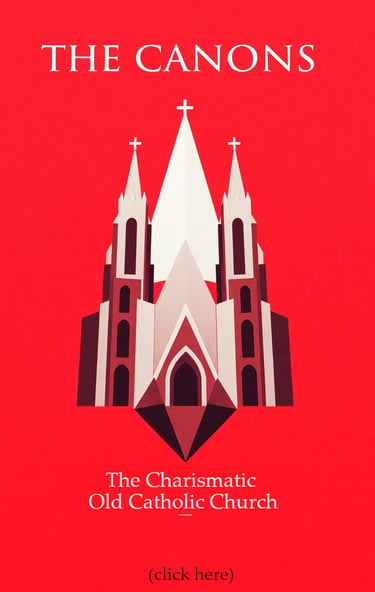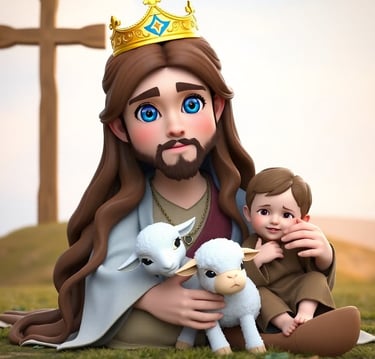Our Statement of Faith and Doctrine
1. Trinitarian Doctrine: We affirm our belief in the Triune God: God the Father, God the Son, and God the Holy Spirit.(We hold to the Apostles, the Nicene, and the Athanasian creeds)
2. Christology: We profess that Jesus Christ is the Messiah and the personal Savior of humanity.
3. Biblical Authority: We hold that the Bible is divinely inspired and, therefore, inerrant in its original manuscripts.
4. Eucharistic Theology: We maintain that through consecration, the bread and wine become the Real Presence of Jesus Christ in the Holy Sacrament.
5. Holy Orders: We recognize the validity of Holy Orders for both men and women, regardless of marital status.
6. Matrimony: We define the Sacrament of Holy Matrimony as a union between one man and one woman.
7. Reconciliation for Divorced Individuals: Upon sincere confession of sin, divorced individuals are restored to a state of grace and are eligible to receive all Holy Sacraments of the Church.
8. Apostolic Succession: We affirm our valid Apostolic Succession, tracing our lineage to Jesus Christ and Saint Peter.
9. Sanctity of Life: We uphold that abortion and euthanasia constitute violations of the sanctity of human life.
10. Soteriology: We believe in the redemptive power of Christ's crucifixion for the forgiveness of sins.
Gallery Showcase
Explore our church's rich history.

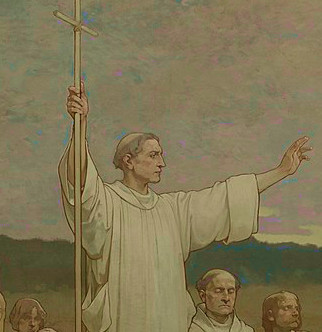
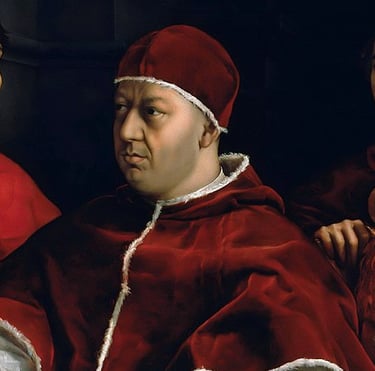

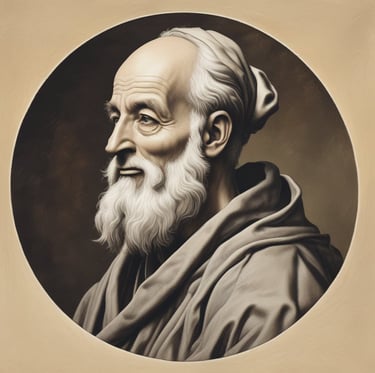

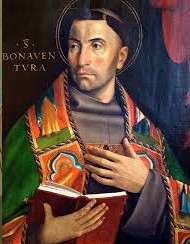

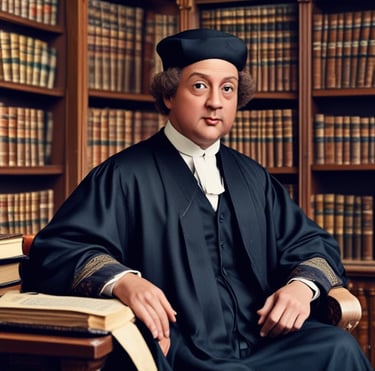

Willibrord 658-739 was an anglo-Saxon monk bishop and misssionary. He became the first bishop of Utrecht in Luxembourg and is known as the "apostel to the friscans".
Boniface first left for the continent in 716. He traveled to Utrecht, where Willibrord, the "Apostle to the Frisians", had been working since the 690s becoming known as the apostle to the germans.
In 1145 Pope Eugene III granted the Cathedral Chapter of Utrecht the perpetual right to elect their own bishops. In 1215 the Fourth Lateran Council confirmed this privilege.
In 1520, Pope Leo X decreed in his papal bull [Debitum Pastoralis] that the Bishop of Utrecht, his successors, his clergy, and his laity should never be tried by an external tribunal of canon law. If any such proceedings did take place they were null and void.
In 1691, the Jesuits accused Archbishop Peter Codde, the occupant of the See of Utrecht, of favoring the so-called Jansenist heresy. the influence of the Jesuits was so great that they persuaded the Pope to issue a secret brief suspending and deposing Archbishop Codde. This created a breach which was never healed, though Pope Clement XIV was favorably disposed towards the grievously wronged Church of Utrecht.
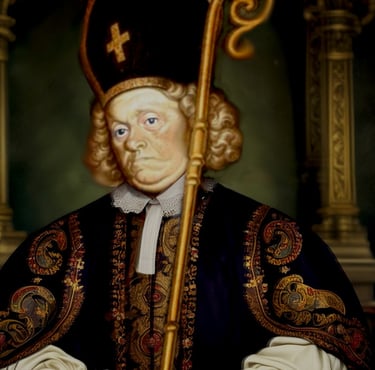

Utrecht and Haarlem naturally decided not to recognize this irregular, if not illegal, act.
+The Vicariate instituted by Archbishop Philip Rovenius on 9 June 1733 was the canonical reconstitution of the ancient Chapter of Utrecht and Abp Codde was reconciled with the Vatican
In 1723, Dutch clergy elected Steenoven as archbishop of the suppressed Archdiocese of Utrecht. In 1724, the Church of Utrecht broke away from the Roman Catholic Church after the consecration of Cornelius van Steenoven as archbishop without papal approval: 15 October 1724, Cornelius van Steenoven was consecrated in the presence of the whole Chapter by the Bishop of Babylon in Amsterdam to be the seventh Archbishop of Utrecht

